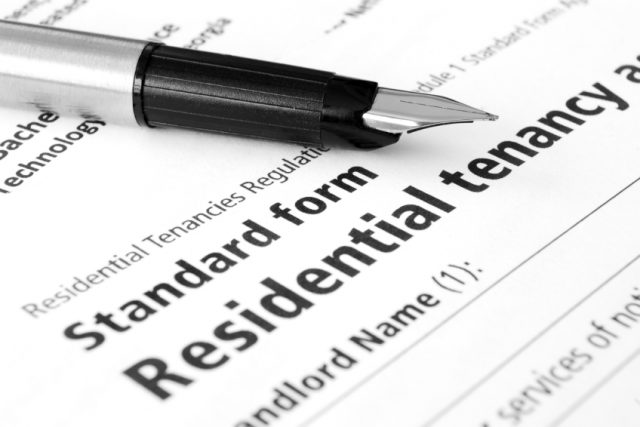Property sales in nine year high in March
Sales of property in England and Wales saw their highest monthly performance for more than nine years in March, with transactions rising by 30%, amounting to 800,000 more deals.
Data from the latest Your Move house price index also shows house price growth rose by 6.9% year on year and by 0.6% month on month. This took the average price of a property in the UK to £291,650.
Home hikes
The average price of a home in Britain is now £18,745 more per than at the same period one year ago. When London and the South East are excluded from the calculations, prices were still up by 5.1%, which suggests that market is still thriving outside of these two predominantly strong growth regions.
London’s property market saw the fastest growth of any area in the UK, with house prices climbing by 8.2% or £44,548 per year. Bath and North East Somerset saw the highest price rise in March, with property values up by 5.3% or £18,603 month on month.
Stamp Duty surge
Adrian Gill, director of Reeds Rains and Your Move estate agents, noted that the impending stamp duty rises for additional properties introduced at the beginning of April was a key factor in the price hikes.
Gill said, ‘the surge was widespread across England and Wales. This goes beyond any normal seasonality, with second home and buy-to-let investors rushing to beat a bigger tax bill.’[1]
Figures from the report show that 73% of local authorities in England and Wales have seen an increase in property values since July 2014.
Mr Gill believes this is, ‘welcome news for homeowners, who now have a fantastic opportunity in the current sellers’ market. The pervasive shortage of homes on the market is still driving up values, as buyers have to compete for each available property.’[1]
Continuing, Gill said, ‘if they are going to make it easier to get a foot on the property, the Government will have to double down on its help to first time buyers, or let up on landlords.’[1]

Property sales in nine year high in March
Capital gains
Mr Gill also noted that after a slight Winter slump, the London property market is on the rise again. Prices are 8.2% greater than twelve months ago. Gill observes, ‘the lift in London’s house prices seems steep. But we’re actually in a much calmer position than previous years, with the current rise still well below London’s record 20.6% year on year growth, established in July 2014.’[1]
This growth in London’s property prices is once again seeing the capital start to pull away from the rest of the country. In fact, London and the South East are driving house prices up by 1.8%, more than double the rate seen at the end of last year.
‘As a result, we’ve returned to a two speed housing market, as growth in the rest of the country is easily outpaced by London and the South East. But it’s not all about London, as house prices are still advancing in the Northern cities, with the average property price in Manchester hitting a record high of £174,448, up 3.5% annually,’ Gill concluded.[1]
[1] http://www.propertywire.com/news/europe/england-wales-property-ndex-2016041411792.html







